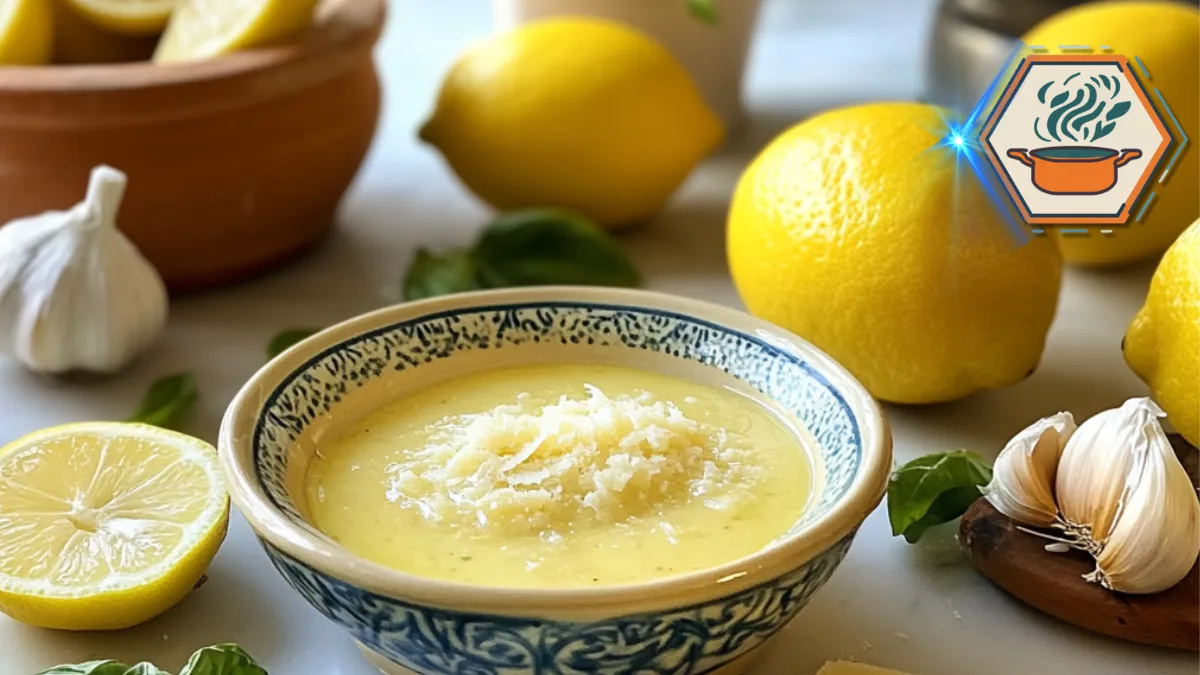Time to read:11 minutes
Table of Contents
The Basics of Limone Sauce
What is Limone Sauce?
Limone sauce is a creamy and tangy sauce that highlights the zesty flavor of lemons. It is a staple in Italian cuisine and is often used to enhance the flavor of pasta, chicken, and seafood dishes. Its vibrant taste comes from limone sauce ingredients like fresh lemon juice, zest, butter, and cream. This sauce is cherished for its simplicity and versatility in the kitchen.
Its culinary origins trace back to Italian households, where lemons are abundant and widely used in recipes. Today, it has found its way into many international kitchens, adapting to various cuisines while maintaining its signature citrusy essence.
Common Uses in Different Cuisines
- Italian Dishes: Widely paired with pasta such as fettuccine or linguine.
- Seafood: Complements fish, shrimp, and scallops, enhancing their delicate flavors.
- Chicken: Used as a topping for grilled or baked chicken for a tangy twist.
- Vegetarian Meals: Works well in vegetable stir-fries and risottos.
Learn more about pairing sauces with dishes.
Core Ingredients of Limone Sauce
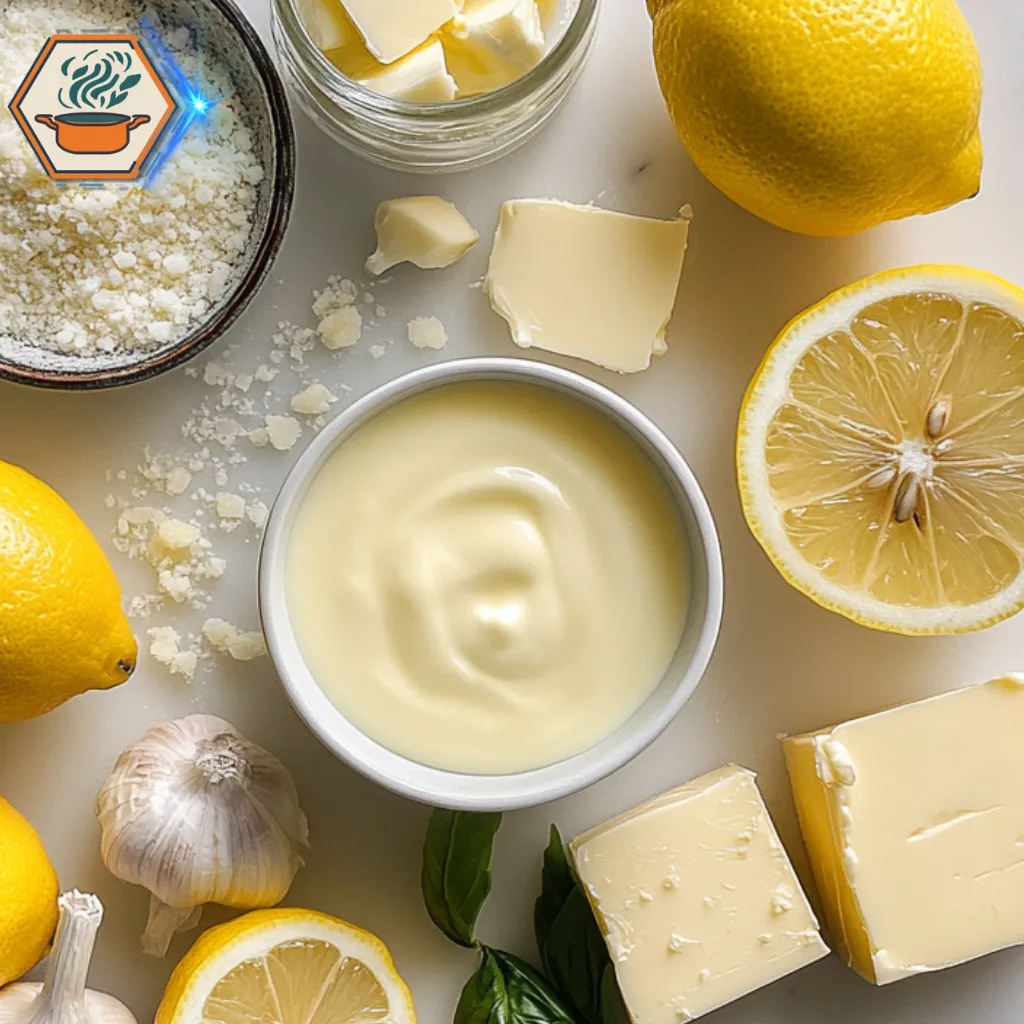
The Role of Lemon
Lemon is the star of the show in limone sauce ingredients. It provides the tangy and fresh flavor that makes this sauce so distinctive. Lemon juice adds brightness, while lemon zest offers a concentrated citrus aroma. Together, they create the perfect balance between acidity and fragrance.
- Lemon Juice: Adds tartness and enhances other ingredients.
- Lemon Zest: Infuses a deep citrusy flavor without extra liquid.
Supporting Ingredients
While lemon is essential, other ingredients play important roles in building the sauce’s rich and smooth texture:
- Butter: Gives the sauce its creamy base and velvety texture.
- Heavy Cream: Adds richness and balances the acidity of lemon.
- Garlic: Provides a subtle savory note.
- Parmesan Cheese: (Optional) Adds a nutty and salty flavor to the sauce.
- Seasonings: Salt and pepper are often used to enhance the overall taste.
Here’s a useful internal resource on how to thicken sauces.
Nutritional Overview
Caloric Content
Limone sauce ingredients can vary in calorie content depending on the recipe. A typical serving contains around 200–250 calories, primarily from the butter and cream. Light adaptations can significantly lower this number.
- Butter and Cream: Main sources of calories.
- Lemon Juice and Zest: Virtually calorie-free, but rich in vitamin C.
Nutritional Benefits
- Rich in Vitamin C: Lemons boost immunity and promote healthy skin.
- Source of Antioxidants: Helps combat oxidative stress.
- Calcium from Parmesan Cheese: Strengthens bones and teeth.
Popular Variations of Limone Sauce
Vegan Options
Vegan versions of this sauce swap out dairy-based ingredients with plant-based alternatives:
- Coconut Cream: A creamy substitute for heavy cream.
- Vegan Butter: Replaces traditional butter while maintaining the richness.
- Nutritional Yeast: Adds a cheesy flavor without using dairy.
Gluten-Free Adaptations
Limone sauce is naturally gluten-free since it does not rely on wheat-based thickeners. To ensure no cross-contamination:
- Use certified gluten-free products.
- Avoid adding flour or gluten-containing ingredients.
By understanding these versatile options, anyone can enjoy the zesty delight of limone sauce, regardless of dietary preferences or restrictions.
For a comprehensive guide on creative ingredient substitutions, consider exploring Food Network’s Ingredient Substitution Guide. This resource offers practical alternatives for various ingredients, aiding in adapting recipes to suit your needs.
Preparing the Perfect Limone Sauce
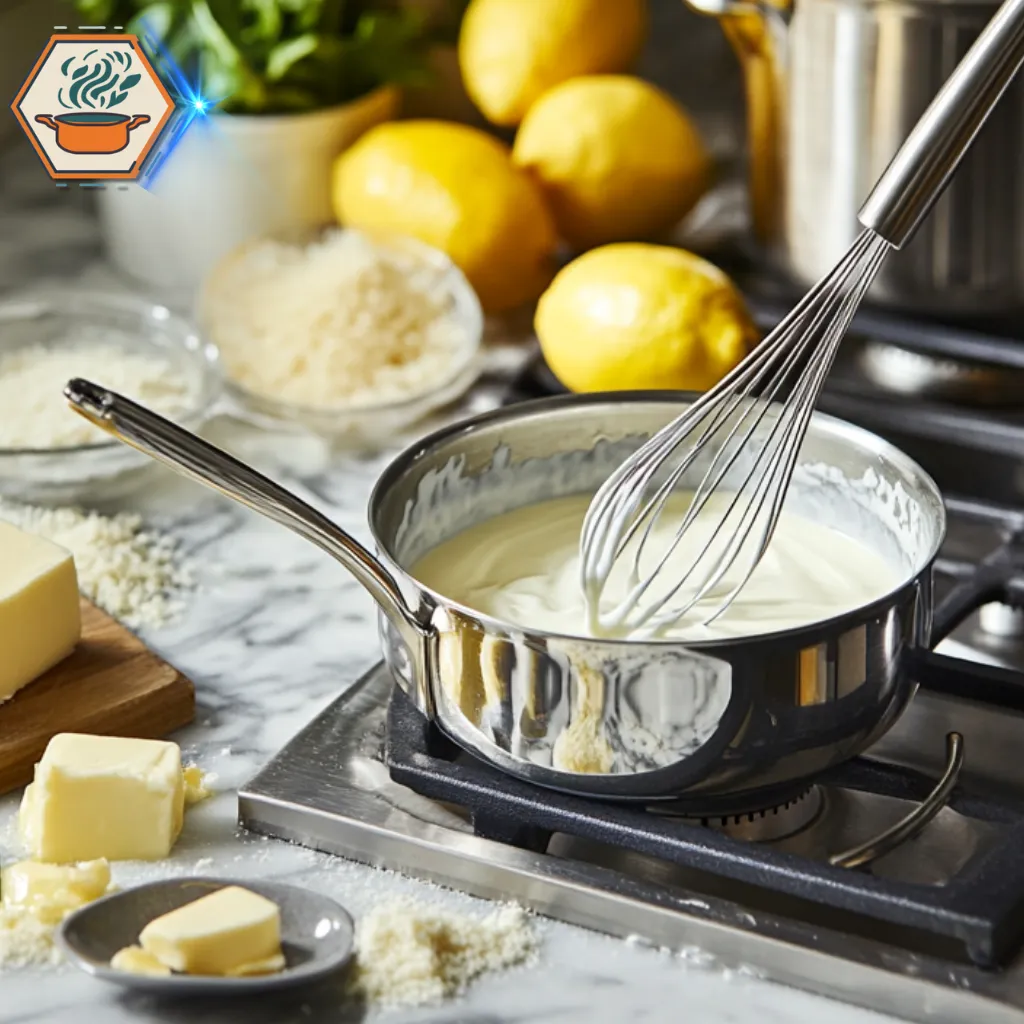
Essential Tools and Equipment
When crafting the ideal limone sauce, having the right tools simplifies the process and ensures success. Below are the must-haves:
- Medium-sized saucepan: For heating and blending ingredients.
- Whisk: Ensures a smooth and lump-free texture.
- Zester or grater: To extract fine lemon zest, a key ingredient.
- Measuring cups and spoons: For precise measurements.
- Strainer: To remove pulp or seeds if needed.
Equipping yourself with these tools will set the stage for a flawless limone sauce creation.
Step-by-Step Preparation Guide
Crafting a rich, creamy limone sauce is straightforward when you follow these simple steps:
- Prepare Ingredients:
- Freshly squeezed lemon juice (2 tablespoons).
- Lemon zest (1 teaspoon).
- Heavy cream (1 cup).
- Unsalted butter (2 tablespoons).
- Parmesan cheese (¼ cup, grated).
- Minced garlic (1 clove).
- Salt and pepper (to taste).
- Heat Butter and Garlic:
- Melt butter in a medium-sized saucepan over low heat.
- Add minced garlic, sautéing until fragrant (about 1 minute).
- Incorporate Lemon and Cream:
- Gradually stir in the lemon juice and zest.
- Slowly pour in the heavy cream, whisking constantly to avoid curdling.
- Simmer and Thicken:
- Cook over medium heat, whisking occasionally, until the sauce thickens slightly (approximately 5-7 minutes).
- Add Parmesan:
- Reduce heat to low and stir in the Parmesan cheese until melted.
- Season with salt and pepper.
- Test and Adjust:
- Taste the sauce and adjust with more lemon juice or cheese for desired flavor.
- Serve Immediately:
- Pour over pasta, chicken, or vegetables for a delightful meal.
Tips for Achieving the Best Consistency
Consistency makes or breaks a good limone sauce. Here’s how to perfect it:
- Use room-temperature ingredients: Prevents curdling when blending dairy with acidic lemon juice.
- Whisk continuously: Keeps the texture smooth and lump-free.
- Cook on medium heat: High heat can cause the sauce to separate.
- Add cheese slowly: Incorporating Parmesan gradually prevents clumping.
Common Mistakes and How to Avoid Them
Even seasoned cooks can encounter pitfalls when making limone sauce. Here are some common mistakes and their fixes:
- Curdled Sauce:
- Cause: Adding cold ingredients or cooking on high heat.
- Solution: Lower the heat and whisk in a small amount of heavy cream to bring it back together.
- Overpowering Tanginess:
- Cause: Too much lemon juice.
- Solution: Balance with extra cream or a pinch of sugar.
- Grainy Texture:
- Cause: Adding cheese at too high a temperature.
- Solution: Reduce heat before incorporating the Parmesan.
Customizing for Personal Taste
The beauty of limone sauce lies in its adaptability. Tailor the recipe to your preference with these tips:
- Adjust Flavors:
- For extra tanginess, increase the lemon juice.
- For more richness, add a splash of olive oil or a pat of butter.
- Herbs and Spices:
- Add a sprinkle of fresh parsley or basil for a burst of flavor.
- Incorporate black pepper or red chili flakes for a hint of spice.
- Pairing Ideas:
- Serve with linguine, chicken piccata, or steamed asparagus for a versatile meal.
For further insights into perfecting sauces, check out our guide on caramelizing sugar.
For a comprehensive understanding of flavor balancing in cooking, consider exploring Britannica’s article on flavor. This resource delves into how taste, smell, and touch contribute to the perception of flavor, providing valuable insights for achieving harmony in your culinary creations.
Culinary Applications of Limone Sauce: Unlocking Its Versatility
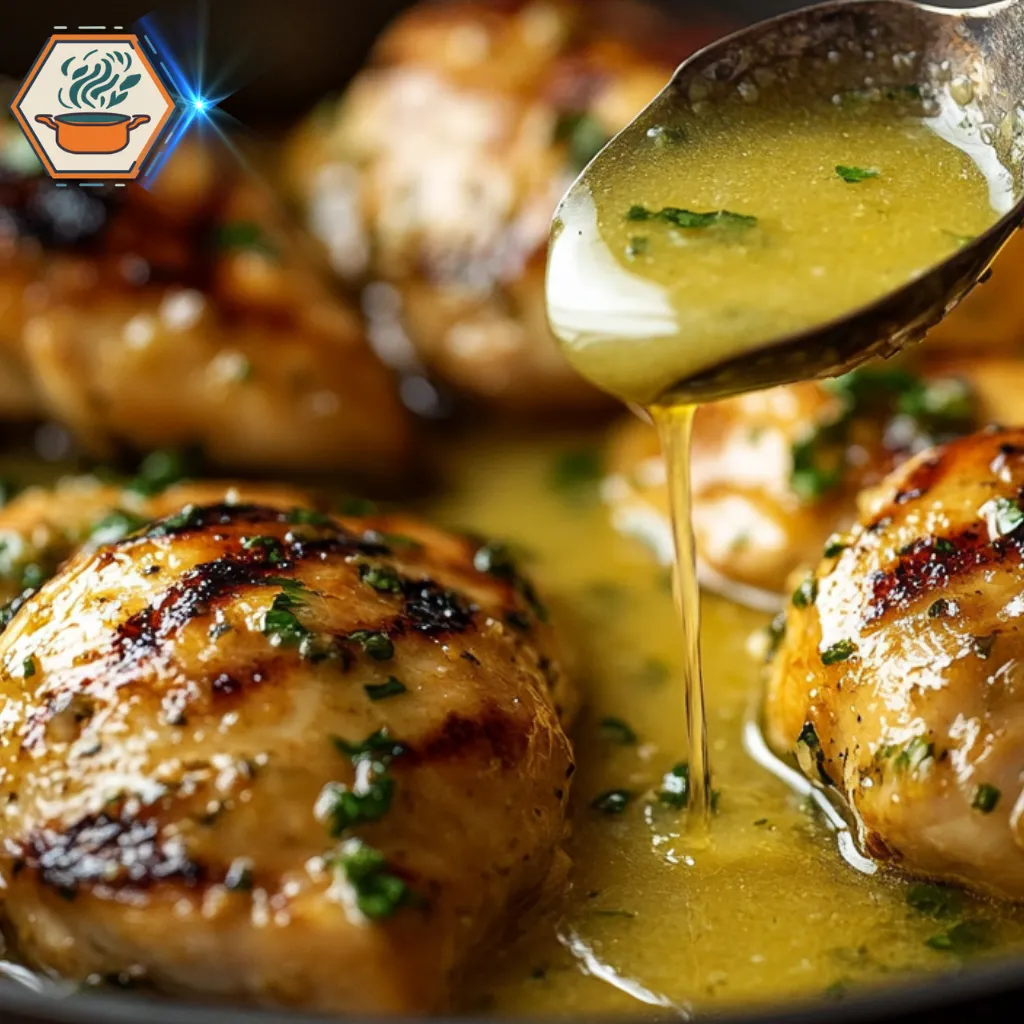
When it comes to elevating everyday dishes, limone sauce ingredients like lemon juice, butter, and cream create a zesty and creamy base that enhances a variety of meals. This tangy, versatile sauce has gained a loyal following among home cooks and chefs alike. Its balance of acidity and richness makes it a perfect complement to pasta, chicken, and seafood. Below, explore exciting ways to incorporate this sauce into your meals.
Dishes That Shine with Limone Sauce
Pasta, Chicken, and Seafood Pairings
Limone sauce excels when paired with classic staples. Its bright citrus notes and velvety texture bring out the best in these dishes:
- Pasta: Combine the sauce with fettuccine or spaghetti. Add a sprinkle of Parmesan cheese and cracked black pepper for a simple yet flavorful meal.
- Chicken: Drizzle over grilled or pan-fried chicken breast to add depth to the dish.
- Seafood: Serve with shrimp or seared scallops to highlight the fresh, briny flavors of the ocean.
Pro Tip: Enhance your limone sauce with a dash of garlic or fresh parsley for additional layers of flavor.
Creative Uses: Pizza and Sandwiches
Think outside the box and explore creative applications:
- Pizza: Use limone sauce as a base for a white pizza. Top with mozzarella, arugula, and prosciutto for a gourmet twist.
- Sandwiches: Spread the sauce inside a panini or wrap for a tangy kick that ties the ingredients together.
For more unique ideas, check out this guide to crispy pancakes.
Meal Ideas Featuring Limone Sauce
Breakfast Recipes with a Citrus Twist
Bring brightness to your mornings with these recipes:
- Eggs Benedict: Replace hollandaise with limone sauce for a lighter, zestier version.
- Lemon Ricotta Pancakes: Drizzle warmed sauce over fluffy pancakes for an irresistible start to the day.
Dinner Ideas for Family Gatherings
Impress your loved ones with these crowd-pleasing meals:
- Baked Salmon: Coat a salmon fillet with limone sauce before baking. Pair with roasted vegetables for a wholesome dinner.
- Stuffed Chicken: Fill chicken breasts with spinach and ricotta, then top with the sauce for a sophisticated entrée.
For a foolproof dinner staple, explore the secret to a great meatloaf.
Beverage Pairings
The tangy, rich profile of limone sauce pairs beautifully with specific beverages:
- Sparkling Water with Citrus: Add a splash of lemon or lime to sparkling water for a refreshing non-alcoholic option.
Using Leftovers Effectively
Storage Tips
Properly storing limone sauce ensures you can enjoy its flavors again:
- Keep the sauce in an airtight container in the refrigerator for up to three days.
- Freeze portions in an ice cube tray for quick reheating.
Recipes Using Leftover Sauce
Repurpose leftovers in creative ways:
- Dipping Sauce: Serve alongside grilled vegetables or breadsticks.
- Creamy Soup Base: Stir into chicken or vegetable soup for added richness and zest.
For more storage tips, read our bone broth cooking and storage guide.
Beyond the Recipe – Exploring Limone Sauce Ingredients
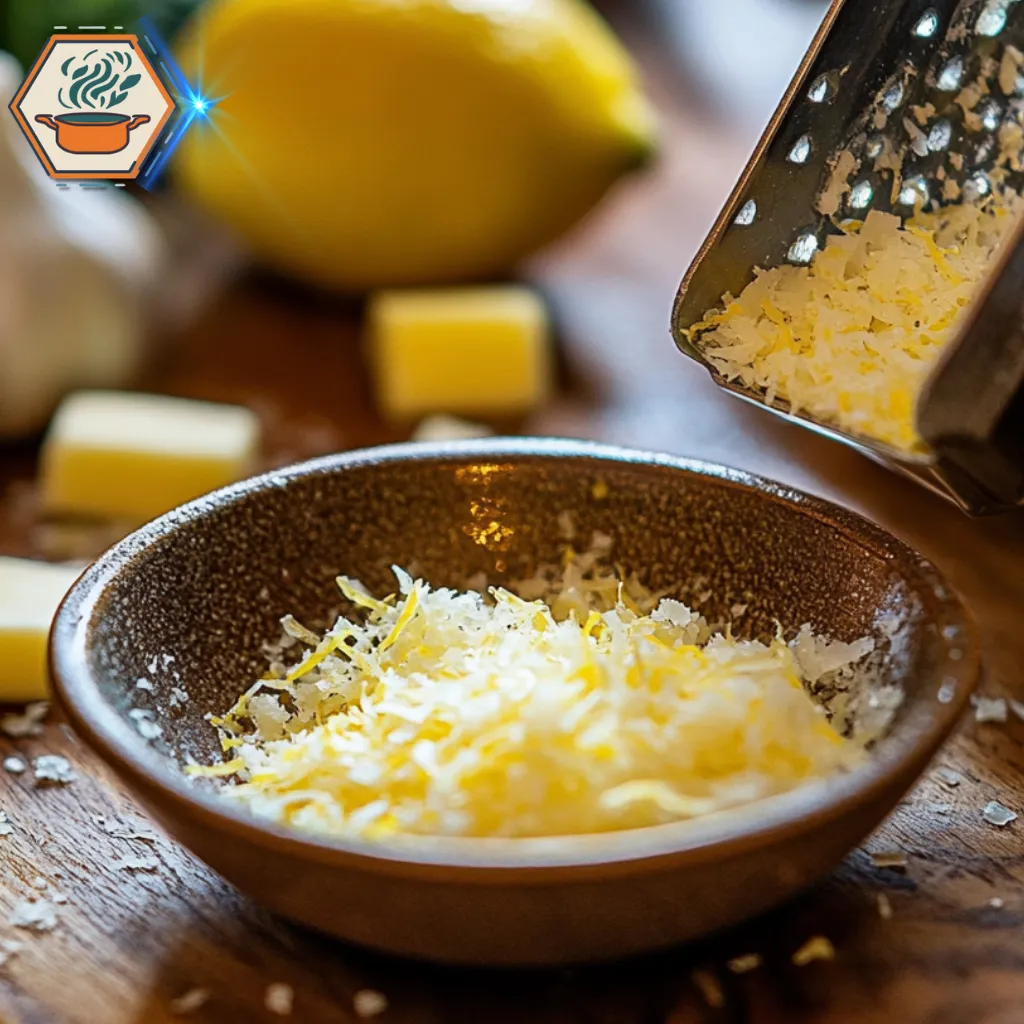
Limone sauce ingredients combine simplicity and flavor. They play a crucial role in elevating dishes with their zesty tang and vibrant aroma. This section delves into the cultural, health, and sustainability aspects of this beloved sauce, offering insights beyond its culinary appeal.
Cultural Significance of Lemon in Cooking
Historical and Global Importance
Lemon, the star of limone sauce ingredients, has deep roots in global cuisines. Its origins trace back to Southeast Asia, spreading through trade to the Mediterranean. Ancient civilizations revered lemons for their medicinal and preservative properties. In Italian cuisine, lemon’s bright flavor has symbolized freshness and celebration for centuries.
Popular uses of lemon in history include:
- Roman banquets: Lemon was used to enhance rich dishes.
- Middle Eastern cuisine: Lemon juice added depth to stews and marinades.
Today, lemon remains a staple in kitchens worldwide, from zesty dressings in Greek salads to tangy marinades in Middle Eastern dishes.
Limone Sauce Ingredients in Italian Cuisine
In Italian gastronomy, limone sauce ingredients emphasize balance. They embody the Italian philosophy of “less is more,” where quality ingredients shine without excessive seasoning. Fresh lemon juice, zest, olive oil, garlic, and parsley are typically combined to create a sauce that pairs beautifully with pasta, chicken, and fish.
Limone Sauce for Health Enthusiasts
Detoxifying Benefits of Lemon
Lemon, a key component of limone sauce ingredients, is renowned for its detoxifying properties. Its high vitamin C content boosts immunity and promotes skin health. Lemon also aids digestion by stimulating bile production and balancing pH levels in the body.
Why choose lemon for health?
- Supports hydration.
- Encourages gentle detoxification.
- Improves absorption of nutrients.
Pro Tip: For a health-focused version of limone sauce, minimize added salt and use extra virgin olive oil for maximum antioxidants.
Low-Fat Recipe Adaptations
Traditional limone sauce is naturally low in fat, making it ideal for health-conscious individuals. Simple adaptations can further enhance its nutritional profile:
- Substitute butter with olive oil for heart health.
- Use fresh herbs like basil or dill for flavor without adding calories.
- Add a splash of low-sodium vegetable stock for depth without cream.
Sustainability and Ingredient Sourcing
Choosing Organic and Local Lemons
The quality of limone sauce ingredients begins with fresh, organic lemons. Opting for local produce not only ensures superior flavor but also supports sustainable agriculture. Organic lemons are free from harmful pesticides, making them safer for both health and the environment.
Tips for selecting lemons:
- Look for firm, glossy skin.
- Avoid blemishes or overly soft spots.
- Prioritize seasonal and locally grown varieties.
Environmental Considerations in Cooking
Sustainability in cooking extends beyond sourcing lemons. Consider these practices:
- Compost lemon peels to reduce kitchen waste.
- Use reusable packaging when purchasing ingredients.
- Incorporate leftover lemon zest or juice in desserts, dressings, or beverages.
FAQs About Limone Sauce Ingredients
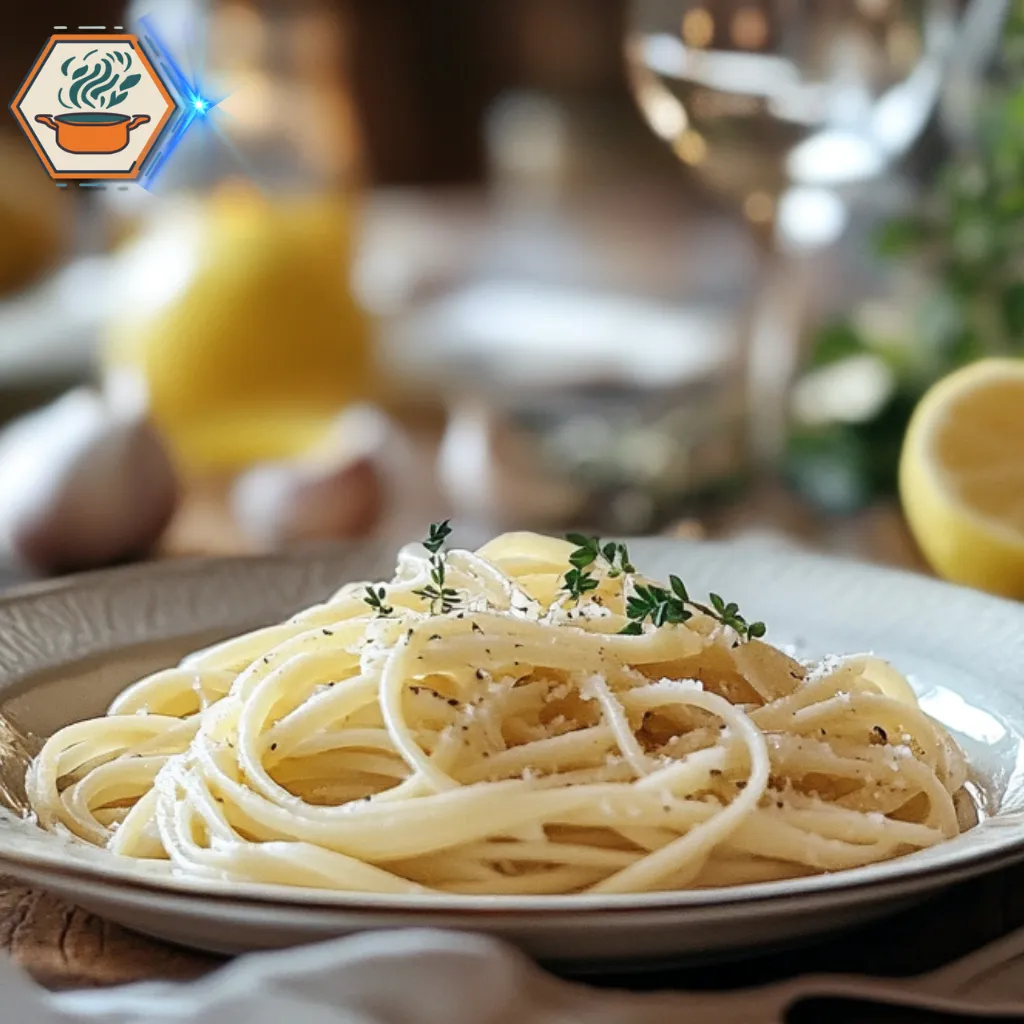
Addressing Common Doubts
1. Can I use bottled lemon juice for limone sauce?
Freshly squeezed lemon juice is recommended. It has a brighter flavor and fewer preservatives than bottled alternatives.
2. Is limone sauce gluten-free?
Yes, it is naturally gluten-free when made with fresh ingredients. Always check additional components like pasta for gluten content.
3. What can I use instead of garlic in limone sauce?
If you’re sensitive to garlic, substitute it with shallots or a pinch of asafoetida for a similar depth of flavor.
Expert Tips and Tricks
- Zesting Precision: Use a microplane for finely grated lemon zest. Avoid the bitter white pith.
- Storage Tip: Store leftover limone sauce in an airtight container for up to 3 days.
- Pairing Ideas: Serve limone sauce over grilled vegetables or as a dip for crusty bread.

